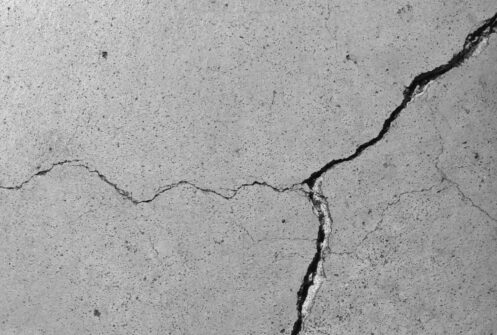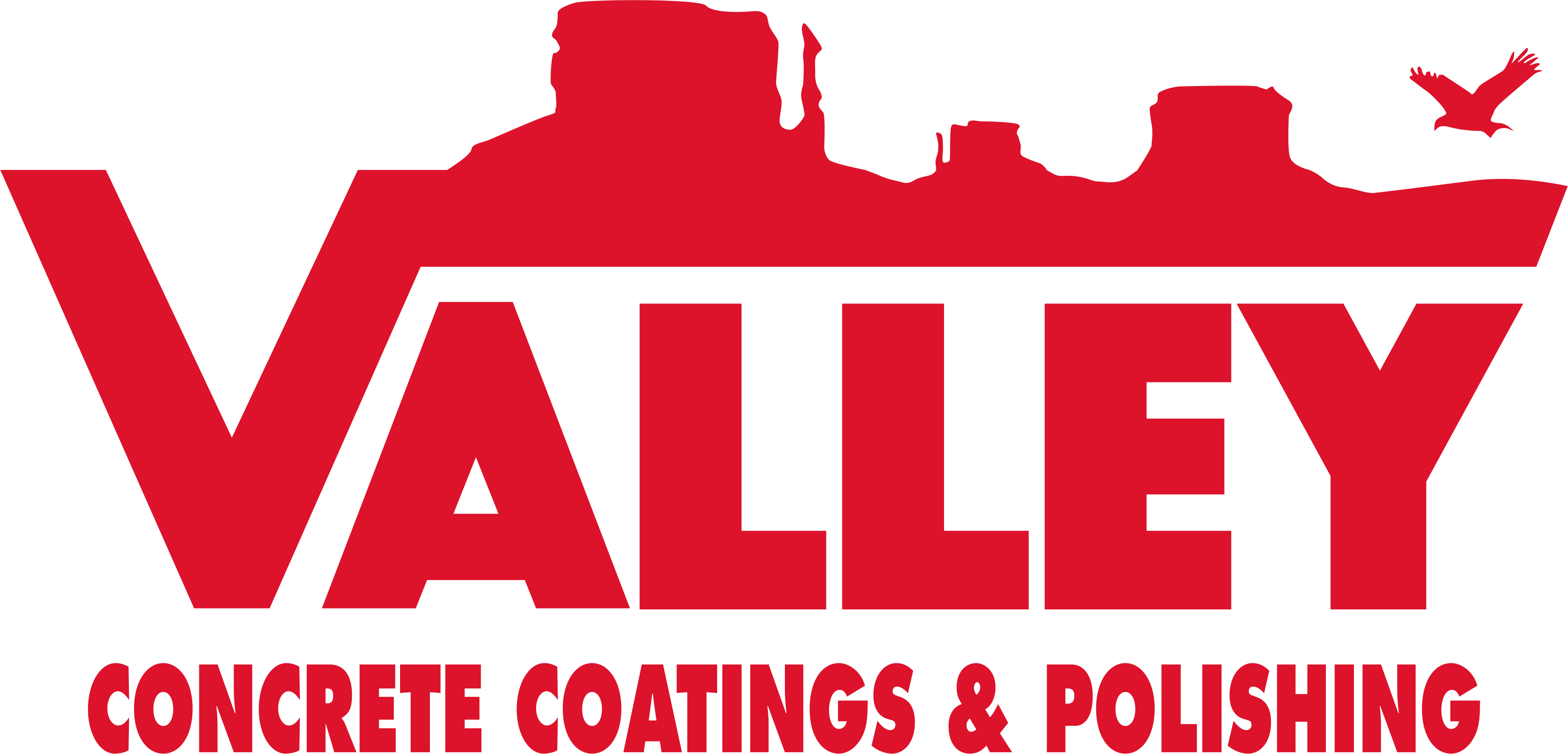
Concrete flooring is a durable and stylish option for homes, offering a sleek, modern look that works well in any space with the right finish. It stands up to heavy foot traffic, resists stains, and requires less maintenance than materials like hardwood or carpet. Whether your concrete floors are polished, professionally stained, or coated with an epoxy finish, keeping them in top shape is key to maximizing their lifespan.
With the right care, concrete floors can last for decades without losing their aesthetic appeal. However, like any flooring, they require regular cleaning and protection against damage. Understanding what helps—and what harms—your concrete floors will keep them looking great while preventing costly repairs down the road.
Regular Cleaning to Prevent Damage
Dust and dirt may seem harmless, but over time, they can wear down the surface of your concrete floors. Loose debris acts like sandpaper, slowly dulling the finish and creating minor scratches that become more noticeable over time. The best way to keep your floors in top condition is to establish a consistent cleaning routine and avoid leaving items out that could leave rust stains or cause corrosion.
- Daily Dusting or Sweeping: Use a microfiber dust mop or a soft-bristle broom to remove dirt and small particles. Avoid stiff-bristle brooms that might leave scratches on polished or sealed floors.
- Weekly Mopping: A damp mop with warm water and a pH-neutral cleaner helps remove surface grime without damaging the sealer. Harsh chemicals, such as ammonia or bleach, can degrade the protective coating and cause discoloration.
- Vacuuming as Needed: If your concrete floors have textured surfaces, a vacuum with a brush attachment can help remove dirt from small crevices.
Also make sure not to leave containers or spray cans, such as those containing insect spray, off your concrete floors and to store them in bins or on shelves instead. Rust and leakage from the cans can damage the floor beneath. For outdoor concrete, a garden hose or pressure washer on a low setting can help rinse away dirt buildup. However, be cautious with high-pressure settings, as they can etch the surface.
Protecting the Surface with Sealants
Concrete is naturally porous, meaning it absorbs liquids and stains if left unprotected. A high-quality sealer provides a barrier against moisture, chemicals, and everyday wear and tear. Choosing the right sealer depends on the type of concrete flooring you have:
- Acrylic Sealers: These enhance color and provide moderate protection. They’re great for decorative indoor concrete.
- Epoxy or Urethane Sealers: Offering a tougher, more resistant finish, these sealers work well in garages and high-traffic areas.
- Penetrating Sealers: These absorb into the concrete and protect against moisture without changing the floor’s appearance.
Reapplying a sealer every two to three years helps maintain the protection. In high-traffic areas or outdoor settings, more frequent resealing may be necessary. A good test you can do at home is to dribble a small amount of water onto the concrete floor. If water no longer immediately beads on the surface, it’s time for a new coat.
Managing Stains and Spills Immediately
Even sealed concrete can be vulnerable to stains, especially from acidic or oil-based substances. The key to preventing permanent marks is quick action.
- Oil and Grease: Use a degreaser or a baking soda paste to lift oil stains. Avoid abrasive scrubbing that could damage the sealant.
- Wine and Coffee: Blot spills immediately and clean with a mild detergent. Acidic substances can etch concrete over time.
- Rust and Hard Water Stains: A mixture of white vinegar and water can help remove mineral deposits.
- For tough stains that won’t budge: Professional cleaning services may be necessary to restore the original look of your concrete.
Preventing Scratches and Scuffs
Concrete is strong, but it’s not scratch-proof. Heavy furniture, pet claws, and dragged objects can leave scuffs and marks over time. To prevent surface damage:
- Use Felt Pads: Attach felt pads to furniture legs, especially for chairs and tables that are frequently moved.
- Add Area Rugs: Placing rugs in high-traffic areas like entryways and hallways reduces wear and protects the surface.
- Keep Pet Nails Trimmed: Long claws can scratch polished concrete, leaving visible marks over time.
If minor scratches do appear, buffing with a soft cloth or using a commercial floor polish can help restore the surface. Deep scratches may require professional resurfacing.
Controlling Moisture and Temperature Changes
Concrete naturally expands and contracts with changes in temperature and humidity. In homes with fluctuating conditions, this can lead to hairline cracks. While small cracks are often cosmetic, larger ones should be addressed before they worsen. Here are some tips for preventing and managing cracks and damage:
- Use a Dehumidifier: In humid climates, excess moisture can weaken the concrete and lead to mold growth in garages or basements.
- Manage Drainage Outdoors: If water pools on exterior concrete surfaces, it can cause erosion and structural damage over time. Proper drainage solutions prevent water-related issues.
- Fill Cracks Early: Small cracks can be filled with a concrete patching compound to prevent further expansion.
Keeping moisture levels balanced helps prolong the life of your flooring and prevents larger structural problems.
Polishing for a Long-Lasting Shine
Polished concrete floors add a sleek, modern touch to any home, but they need occasional maintenance to keep their shine. Over time, foot traffic dulls the surface, but regular polishing can restore its luster. Here are some tips:
- Buffing: Using a high-speed burnisher once or twice a year helps maintain a polished finish.
- Applying Floor Polish: A thin layer of commercial concrete polish adds an extra layer of protection against scuffs and stains.
- Professional Refinishing: If the polish has completely worn away, a professional refinishing service can restore the original look.
For high-traffic areas, regular touch-ups keep the surface smooth and reflective without requiring a full refinishing.
Avoiding Common Mistakes
Even with the best maintenance habits, mistakes can shorten the lifespan of your concrete floors. Here are some things to avoid:
- Skipping Sealing: Unsealed concrete is more prone to stains, cracks, and moisture damage. Regular sealing is crucial for long-term durability.
- Using Harsh Chemicals: Ammonia, bleach, and acidic cleaners break down protective coatings and cause discoloration. Stick to pH-neutral cleaners.
- Dragging Heavy Objects: Always lift furniture instead of dragging it to prevent scratches and scuff marks.
- Ignoring Small Cracks: Tiny cracks may not seem like a big deal, but they can grow over time. Filling them early prevents costly repairs later.
By avoiding these common pitfalls, you can keep your concrete floors in excellent condition for years to come.
When to Call a Professional
While regular upkeep is manageable, some maintenance tasks require expert attention. If you notice deep cracks, persistent stains, or uneven surfaces, professional care may be necessary. You should also call for help with a full polishing, recoating, or refinishing every few years to keep your floors looking their best.
At Valley Concrete Coatings & Polishing, we offer expert concrete floor maintenance and repair services in the Phoenix, AZ, metro area. Whether your floors need sealing, refinishing, or deep cleaning, our team can help! We offer epoxy flooring, polyaspartic floor coatings, concrete floor grinding, polishing, finishing, and staining, and cool deckings for pools that won’t burn your feet under the Arizona sun.
Contact us at Valley Concrete Coatings & Polishing today to schedule an appointment and keep your concrete floors in top shape!










